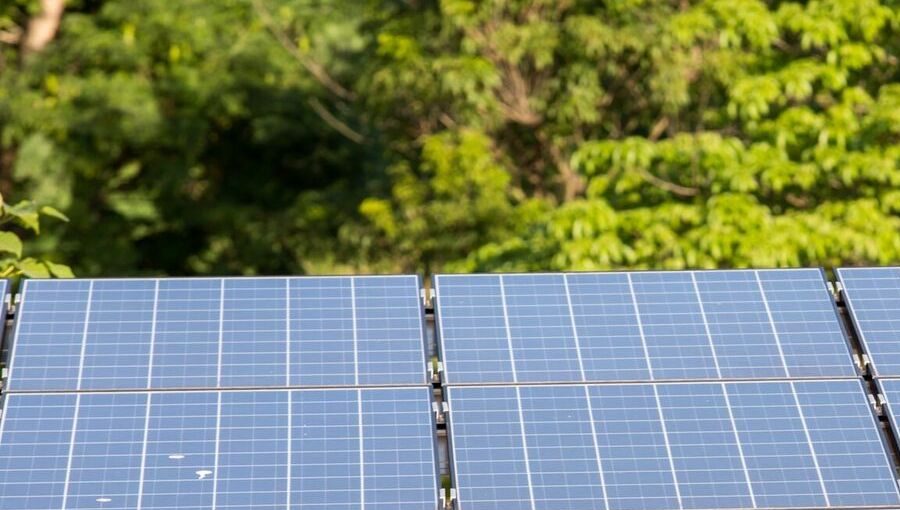Brazil has made significant strides in solar power generation, emerging as the country’s second-largest source of electricity with an operational capacity exceeding 55 gigawatts (GW). This capacity includes 1.6 GW added within the current year, driven largely by self-generation systems installed in the rooftops and backyards of approximately five million properties. This decentralized approach accounts for 37.6 GW, while large solar plants contribute the remaining 17.6 GW to the National Interconnected System (SIN). The environmental benefits are notable, with solar energy preventing around 66.6 million tons of carbon dioxide emissions, and constituting 22.2 percent of Brazil’s total electricity mix.
The growth of solar energy has also resulted in significant economic impact since 2012, generating over BRL 251.1 billion in investments, creating more than 1.6 million green jobs, and boosting public revenue by around BRL 78 billion. From January to March of the current year alone, over 147,000 new solar systems were installed, serving about 228.7 thousand properties. Self-generation is widespread across Brazil, with installations present in over 5,500 municipalities, and homes making up the majority of consumer units (69.2 percent) using solar energy, followed by businesses (18.4 percent) and rural properties (9.9 percent).

